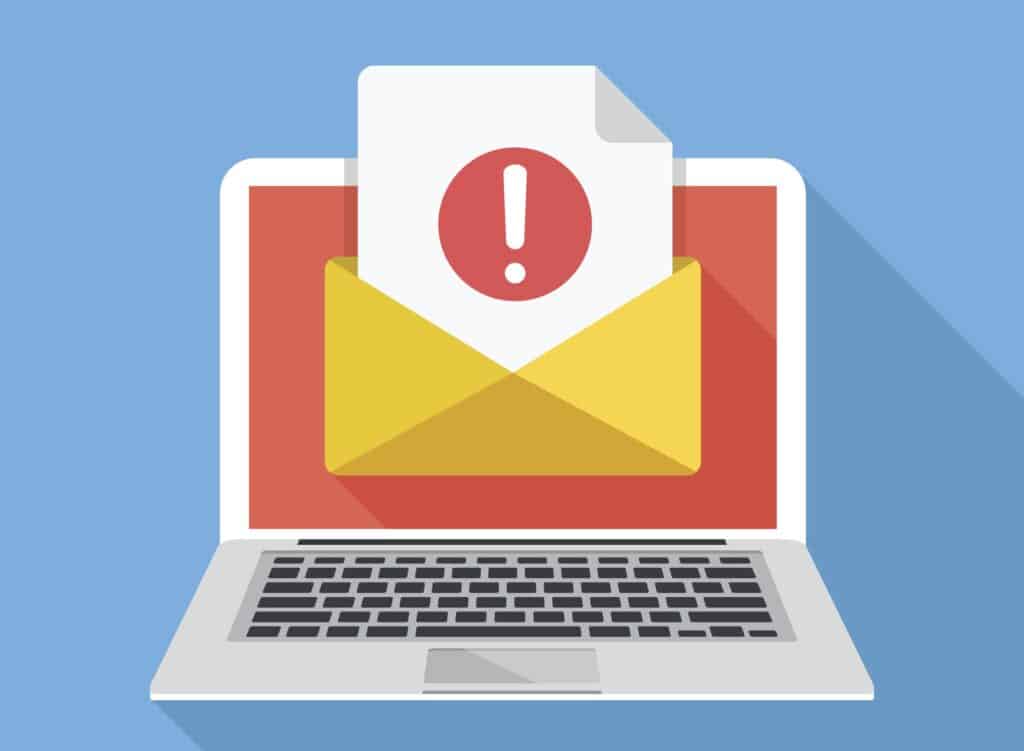If you use any kind of email automation, it’s good practice to monitor your hard bounces and soft bounces. These occur when the emails you attempt to send don’t go through. What are the differences between them, and why do they matter to your outreach? Here’s what you should consider.
Hard Bounces
Hard bounces are emails that get kicked back primarily because the addresses you’re sending to are invalid. Either that, or the email addresses are accurate, but their spam filters are airtight against any messages that resemble marketing.
Monitoring hard bounces is important for a couple of reasons. First, it allows you to weed out contacts that are no longer relevant to your prospecting. Second, it prevents you from being labeled as spam.
Why spam, you ask? Because spammers often carpet bomb lists of email addresses without any concern for their validity. And if service providers see behavior that looks consistent with that kind of MO, you’re putting your domain at potential risk for blacklisting.
Soft Bounces
Soft bounces are emails to legitimate email addresses that are undeliverable because the recipients’ inboxes are either full, their email servers are down, their servers have received too many emails in a specific amount of time, or your messages have triggered their spam filters.
Keeping an eye on soft bounce rates is important for the same reasons as above.
Prospecting Tip: Check with your email automation provider to learn how their software manages hard and soft bounces. Some will remove contacts: (1) the first time after they hard bounce; (2) the second or third time after they soft bounce.
Bounce Rates in Prospecting
As we mentioned earlier, hard bounces and soft bounces are to be expected when you’re leveraging email automation. Lead lists evolve as people either get promoted, change companies, or get let go.
In prospecting, where it’s easy to end up targeting lists of outdated contacts, these metrics are often higher.
The best way to protect your core domain and still verify more active contacts is by incorporating prospecting automation. For example, our Prospecto service uses its proprietary software to (1) find and verify active email addresses for contacts based on their firmographic data; and (2) email them from a companion domain during this confirmation process to avoid blacklisting. Not only is this a valuable method for growing a database of contacts faster, it’s also a great way to test any lead lists you may have purchased in the past.
What’s a Healthy Bounce Rate?
If you aren’t using prospecting automation and are still choosing to send from your own domain, your bounce rates should be under 2 percent. Any higher and you’ll want to review the lists you’re sending to — or the messaging that you’re using. If hard bounces are up, your data is likely inaccurate. If you’re seeing more soft bounces, you probably need to send your emails less frequently or update the language they contain.
You may also want to doublecheck the IP addresses associated with your emails. There are free tools available that can identify whether those IPs have been flagged as potential spam, which may explain any sudden uptick in bounce rates.
Want to Improve Your Email Prospecting?
If you’re looking for ways to improve your email prospecting by avoiding hard bounces and soft bounces, we can help. Our prospecting automation tool will allow you to scrub your current database, as well as find and verify new leads to grow it. We can also provide examples of how to tailor your messaging in order to avoid looking like spam, and to drive more conversations. When you’re ready, click the link below to schedule a free lead nurturing consultation.





